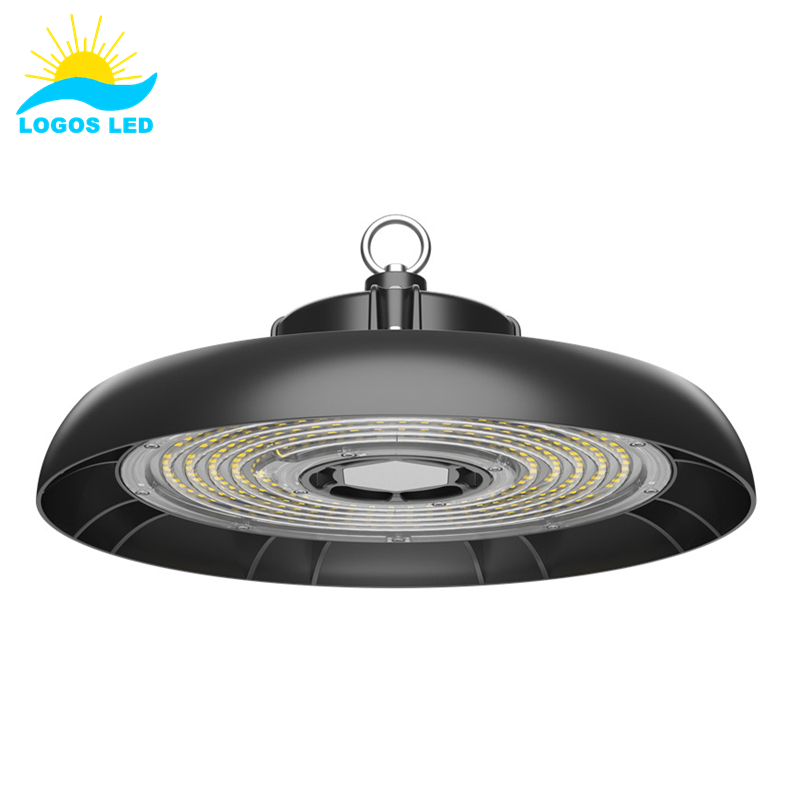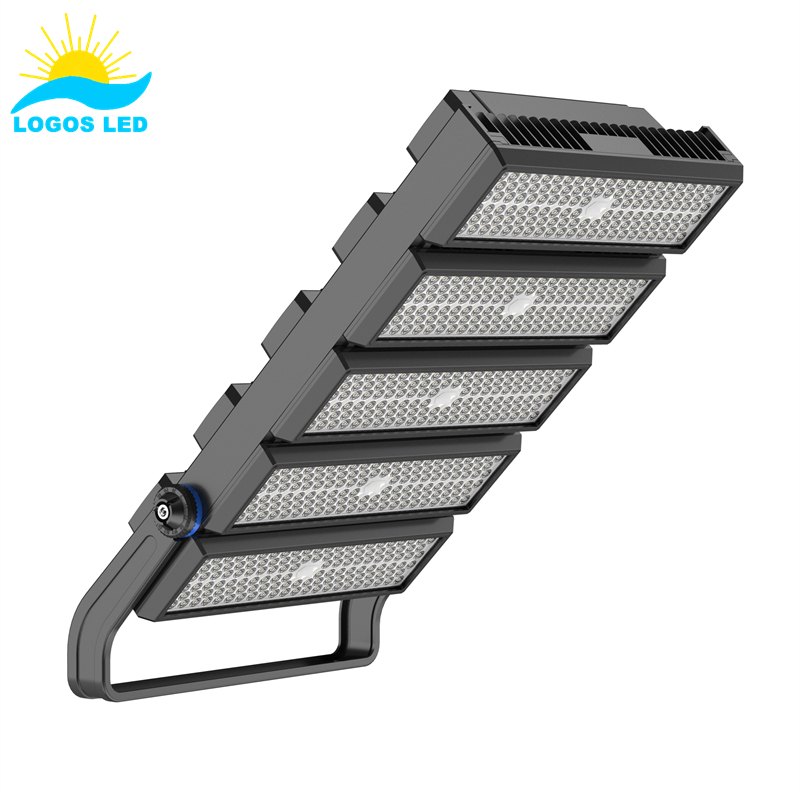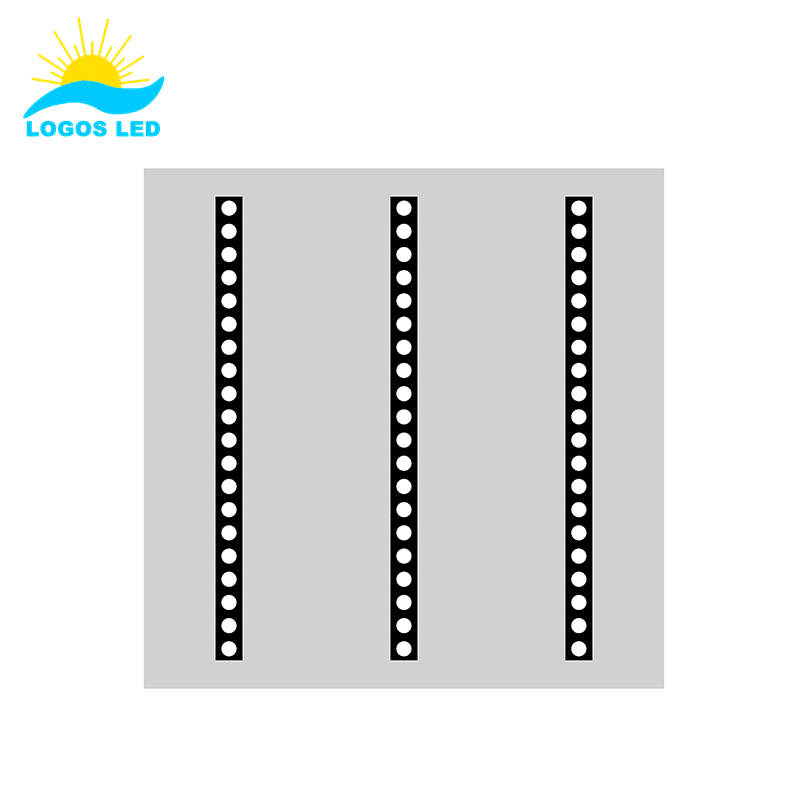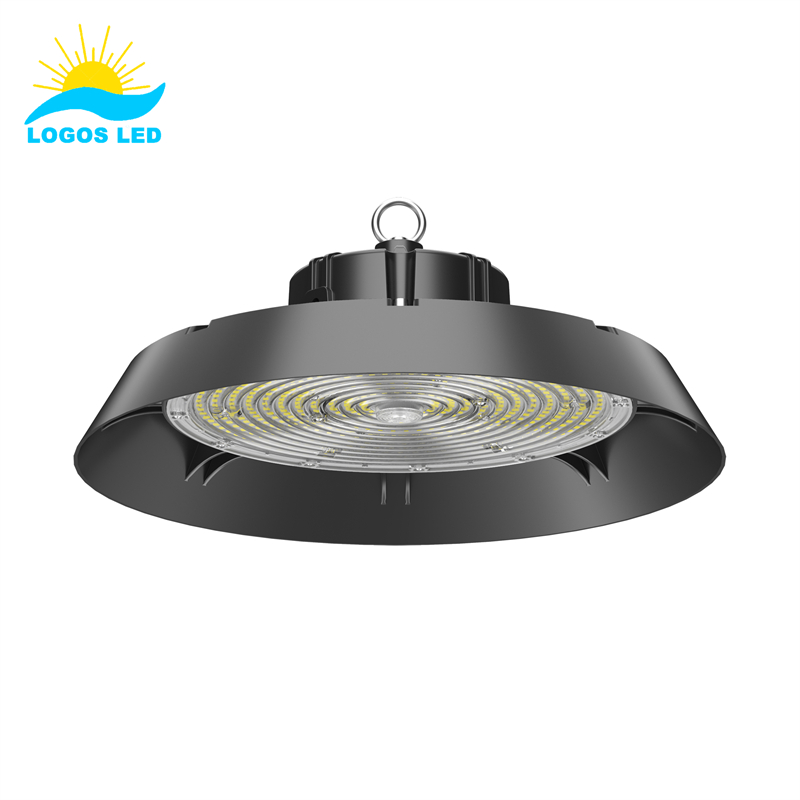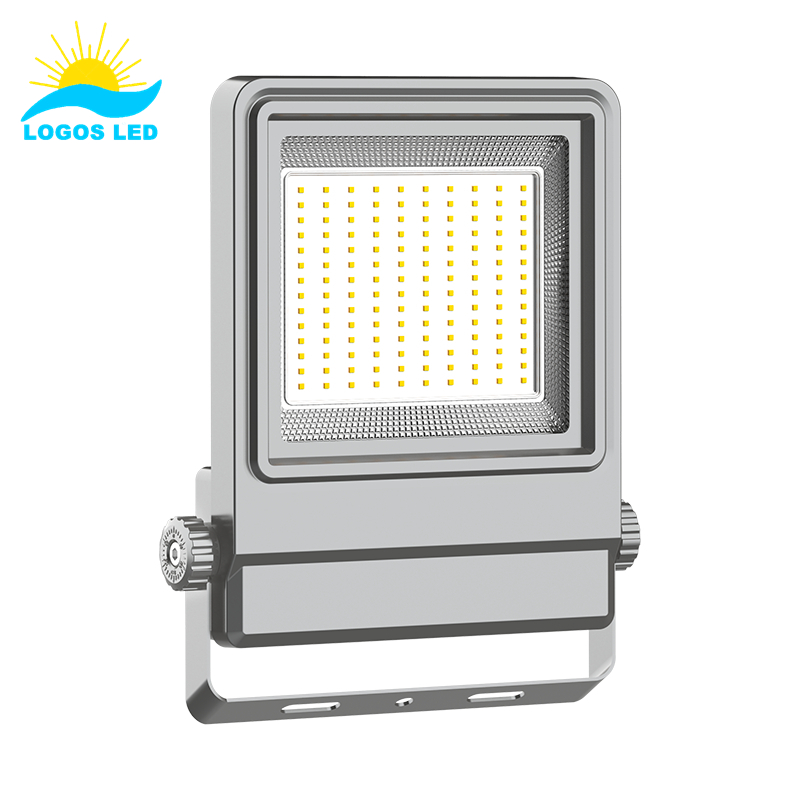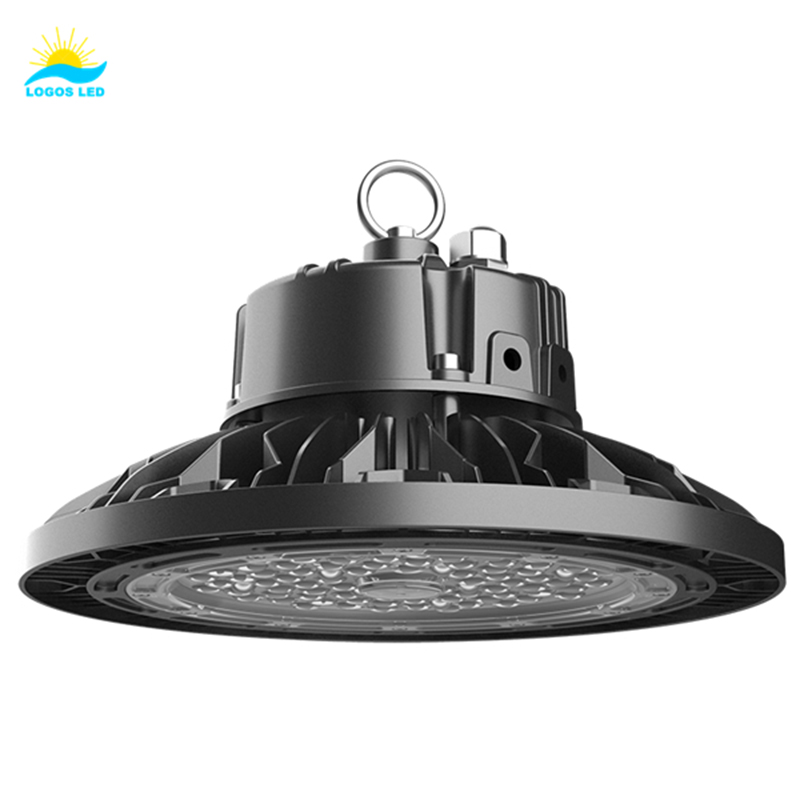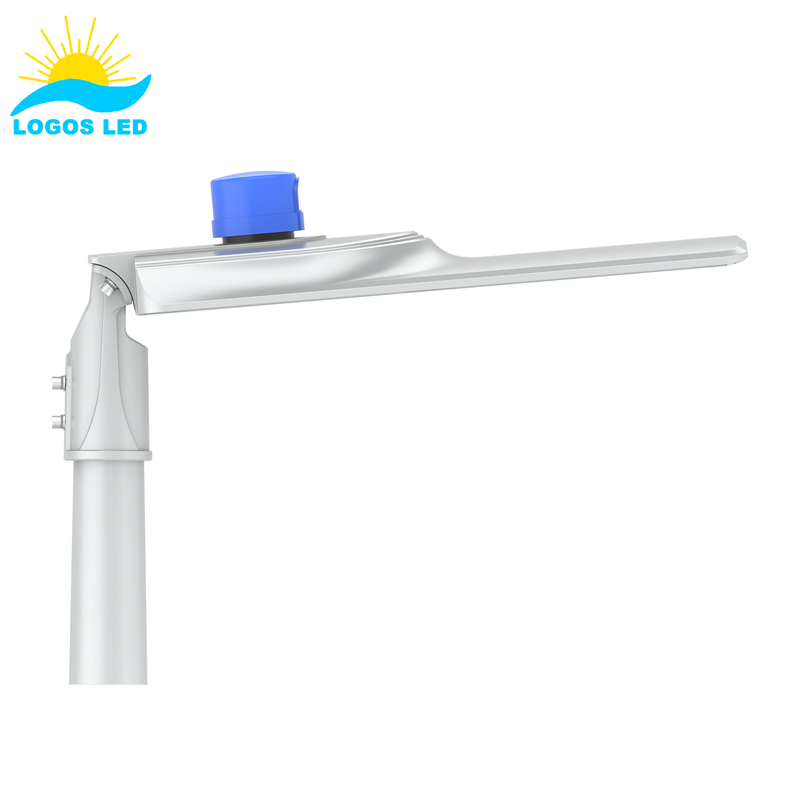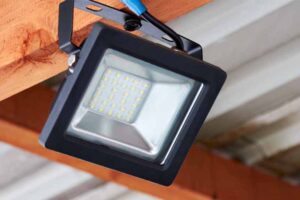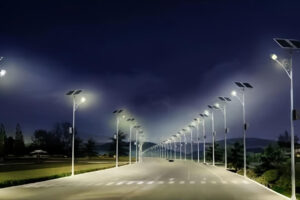Do you find glare in your lighting design to be a challenge? Poor glare control can not only be uncomfortable but can also reduce productivity. This is especially true in spaces like offices, retail stores, or any environment with extended use of lighting. The Unified Glare Rating (UGR) system offers a solution to measure and reduce glare, helping you create a more comfortable and efficient space. In this article, we’ll break down UGR, why it matters, and how you can optimize glare control in your lighting designs.
The Unified Glare Rating (UGR) system measures the discomfort caused by glare in lighting, with values ranging from 10 to 30. A lower UGR indicates more comfortable lighting, while higher values suggest excessive glare that can impair vision and productivity. UGR is especially important in environments like offices, schools, and factories, where visual comfort and safety are essential. Developed by the International Commission on Illumination (CIE), the UGR system helps designers create lighting systems that minimize glare and improve comfort, particularly in spaces with prolonged lighting exposure.
Let’s dive into the concept of UGR, why it matters, and how managing glare can improve your lighting designs.
Table of Contents
What is the Unified Glare Rating System?
The Unified Glare Rating (UGR) is a scale used to measure the discomfort caused by lighting glare. It quantifies glare from a lighting fixture, considering factors such as brightness, angle, and the arrangement of light sources in relation to the observer. UGR values typically range from 10 to 30, with lower values being more desirable. A high UGR indicates significant glare, while a low UGR means the lighting is comfortable and reduces visual discomfort. This system is commonly used in indoor environments, particularly in offices and commercial spaces, where prolonged exposure to glare can impact comfort and productivity.
1. What is Glare?
Glare refers to bright light that causes discomfort or impairs vision. It can be caused by direct light sources, like bulbs or fixtures, or by reflections from shiny surfaces. Excessive glare can lead to eye fatigue, decreased productivity, and even accidents in workplaces.
2. UGR Rating Scale
The UGR is a numerical scale, typically ranging from 10 to 30. The higher the UGR value, the more discomfort glare causes. Here’s a simple guide to the scale:
- UGR 10-16: Very low glare, comfortable for most environments.
- UGR 16-19: Low glare, suitable for general office lighting.
- UGR 19-22: Moderate glare, could cause discomfort in some cases.
- UGR 22-25: High glare, uncomfortable for most people, especially for tasks that require detail.
- UGR 25+: Very high glare, usually not acceptable for indoor working environments.
These calculations are often done using specialized software or formulas that take into account the geometry and lighting parameters of the space.
3. Applications of UGR
UGR is used in various environments such as:
- Offices: Where workers need to focus on screens or detailed tasks.
- Schools and Classrooms: Ensuring students are comfortable and not distracted by harsh lights.
- Retail Spaces: To avoid creating uncomfortable shopping conditions.
- Factories: Where glare can affect workers’ safety.
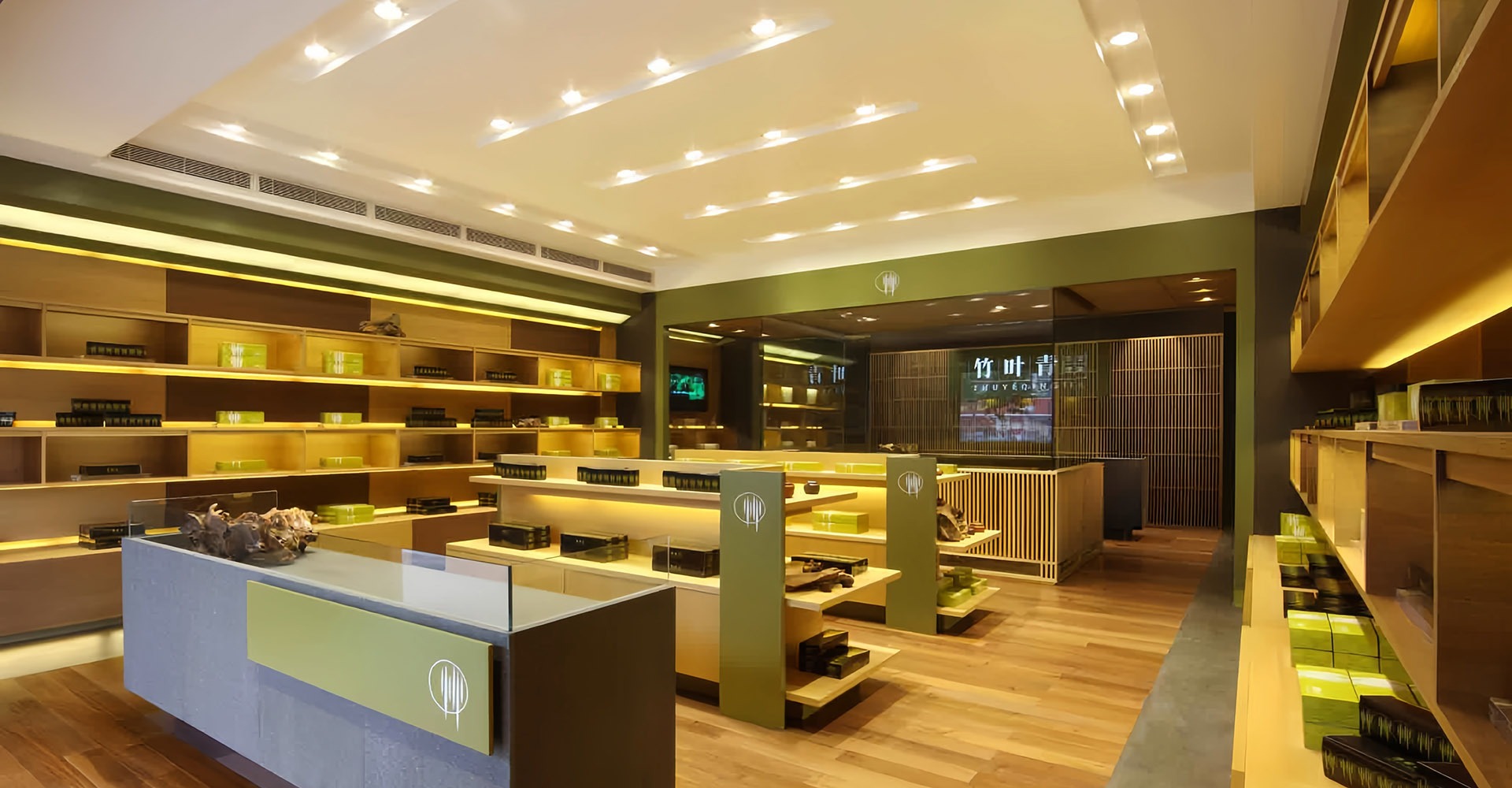
Where did UGR originate from?
UGR was developed by the International Commission on Illumination (CIE), a global organization that sets lighting standards. The goal of the UGR system was to create a standardized way of measuring glare and provide designers with a reliable method to design lighting systems that minimize discomfort. UGR came about from the need to improve lighting for people working indoors, ensuring that lighting designs were both functional and comfortable for the eyes. With the rise of LED lighting systems, which can cause higher glare if not properly controlled, UGR has become a crucial part of modern lighting design.
Why is UGR important in lighting design?
UGR is an essential consideration because it directly affects the comfort and well-being of people in a space. High glare can lead to visual discomfort, headaches, eye strain, and reduced productivity. This is especially important in offices, retail spaces, and educational environments, where people spend long periods under artificial lighting. By managing UGR, you can ensure that the lighting is not only effective but also comfortable, improving visibility without causing strain. Using the UGR system to guide your lighting design choices helps create more comfortable and efficient environments that enhance user experience and performance.
How is UGR calculated?
UGR is calculated using a formula that considers the luminance of light sources, their position relative to the observer, and the angle at which the light hits the observer’s eye. The formula includes the brightness of the light sources, the reflection of light from surfaces, and the overall layout of the room. UGR values are often calculated with specialized software that simulates different lighting setups and calculates the resulting glare. Understanding how UGR is calculated allows designers to create precise lighting plans that meet both comfort and performance standards.
To calculate the UGR value, apply the following formula:

UGR Calculation Formula
- 8: A constant factor used to scale the result, ensuring the UGR falls within a range of 10 to 30.
-
∑: The summation sign, representing the total glare effect from each visible luminaire.
-
lg: The common logarithm, used to account for the human eye’s logarithmic perception of brightness.
-
Lb: Background luminance, which determines how well the eyes are adapted to the ambient light in the space.
-
Ls: The average luminance of each individual luminaire, which represents its brightness.
-
Ω: The solid angle of the light-emitting parts of the luminaire, measured from the observer’s position. This indicates the size of the glare-producing light source.
-
ρ: The Guth index, which measures the luminaire’s position relative to the observer’s line of sight, affecting the glare intensity perceived.
What is a UGR Table?
A UGR table isn’t a direct technical specification for a luminaire, but rather a helpful tool to assess the impact of glare from the observer’s viewpoint and the position of the lighting fixture. This table aids in lighting design, making it easier to choose and compare different luminaires.
Using standard lighting software, the luminous intensity distribution of a luminaire is analyzed to generate a table of UGR values. These values correspond to different configurations of the luminaire within a rectangular room, taking into account the room’s surface reflectivity and the orientation of luminaires relative to the observer’s line of sight.
The calculations are typically based on a worst-case scenario, where the observer is positioned against a wall to maximize the number of visible luminaires. For instance, if the UGR value for two specific geometries doesn’t exceed 19.4, the luminaire is given a UGR of 19, making it suitable for office environments.
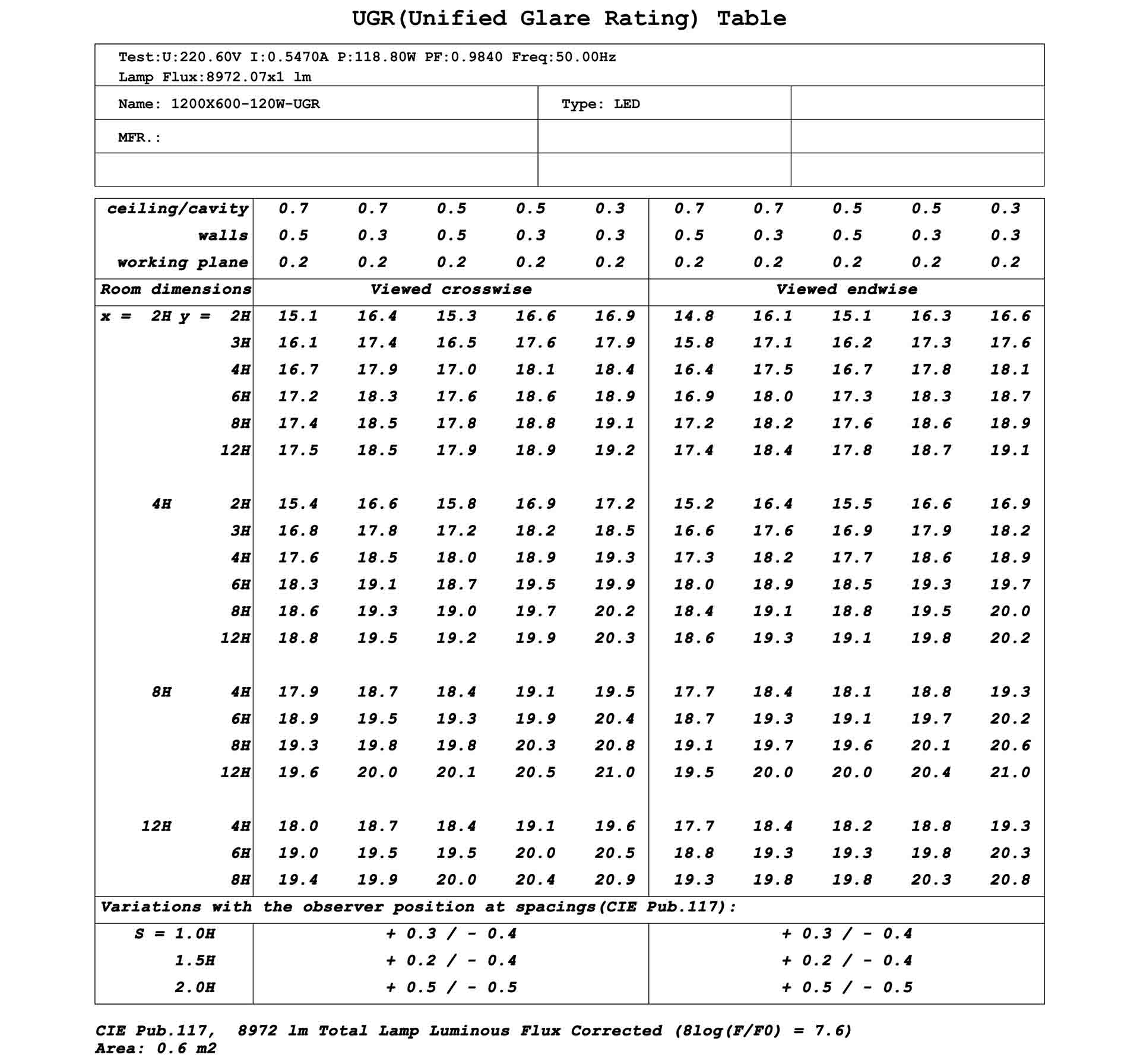
UGR(Unified Glare Rating) Table
What UGR Levels Are Recommended?
The recommended UGR level varies based on the type of space and activities being carried out. In office settings, the ideal UGR level is below 19 to ensure visual comfort and minimize glare. For classrooms or meeting rooms, a UGR between 13 and 19 is recommended. UGR values above 22 are generally uncomfortable and may lead to headaches or fatigue. In environments with LED lighting, extra attention must be paid to managing UGR, as LEDs tend to produce higher glare if not designed correctly. Controlling UGR levels is key to creating a productive, pleasant atmosphere.
Here’s a simplified guide for maximum allowed UGR values, based on the space type:
| Type of Area | Maximum Allowed UGR |
|---|---|
| Warehouse, Foyers, Corridors | 28 |
| Heavy Industry | 25 |
| Kitchen, Cinema, Bakeries | 22 |
| Office | 19 |
| Classroom, Drawing Room | 16 |
| Operating Room | 10 |
What Does UGR19 Mean?
UGR19 refers to a UGR value of 19, considered the standard for comfortable indoor lighting. A UGR of 19 or lower indicates that the lighting design produces minimal glare, making it ideal for offices and commercial spaces where people spend extended hours. At this level, the lighting is bright enough for visibility without causing discomfort or fatigue. Achieving a UGR of 19 is crucial in environments with high visual tasks, such as offices, schools, and workstations, where glare could hinder productivity and concentration.
How to Reduce UGR (Unified Glare Rating)
Reducing UGR is vital for ensuring a comfortable and productive environment. High UGR levels can lead to discomfort, eye strain, and decreased performance in spaces like offices, schools, and factories. Here are some effective ways to minimize glare and improve visual comfort:
1. Use Indirect Lighting
Indirect lighting, where light is reflected off ceilings or walls, helps diffuse the light more evenly throughout the space. This reduces harsh shadows and minimizes the intensity of direct light that can cause glare. Reflecting light off larger surfaces ensures a softer, more comfortable light distribution.
2. Choose Luminaires with Lower Luminance
Luminaires with lower luminance reduce glare. High-intensity light sources can contribute significantly to glare, so choose fixtures with diffusers or lenses that help spread the light evenly, lowering the UGR.
3. Position Lights Strategically
How you position lights is crucial in reducing glare. Avoid placing lights directly in the line of sight. Angle luminaires to minimize direct light hitting the eyes. Placing fixtures higher up on the ceiling or in corners can also help mitigate glare.
4. Control Light Distribution
Opt for luminaires that control light distribution. Fixtures that direct light downwards, like recessed or wall-mounted lighting, can reduce glare, especially in spaces that require focused lighting, like offices or classrooms. Avoid fixtures that scatter light in all directions.
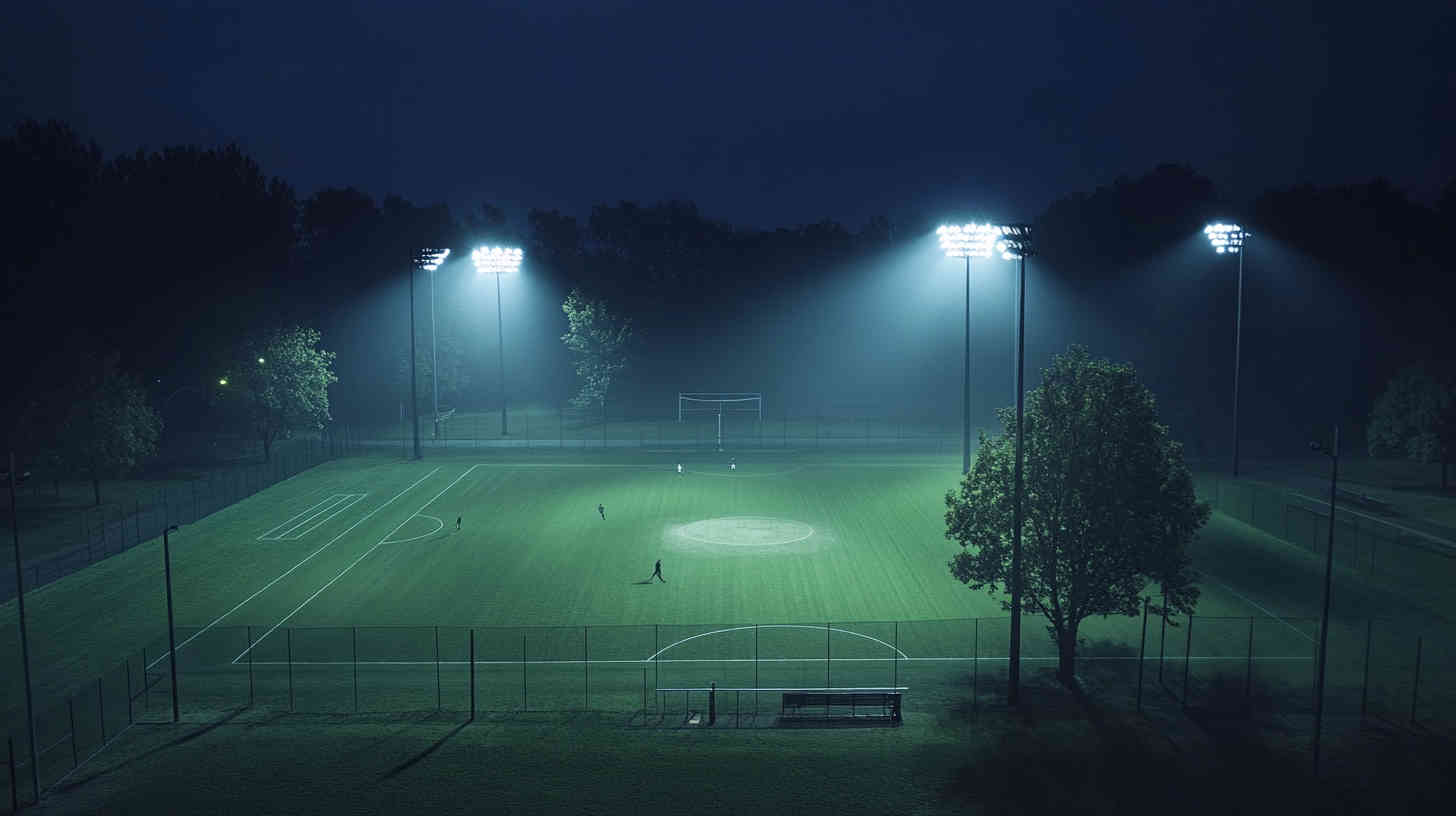
5. Install Dimmer Controls
Dimming lights allows for flexible control of lighting intensity. By adjusting light levels based on the time of day or activity, you can reduce glare, particularly in environments where lighting needs vary throughout the day.
6. Reduce Room Reflectivity
The reflectivity of surfaces in the room can amplify glare. Matte or low-reflective finishes on walls, floors, and ceilings help reduce glare. Glossy surfaces reflect more light, increasing glare levels and overall discomfort.
7. Use Luminaires with Higher UGR Ratings (Cautiously)
While this may seem counterintuitive, some fixtures with higher UGR ratings might not cause harm if they are positioned correctly. Look for luminaires designed to reduce glare, featuring diffusers or special lenses that minimize direct exposure to light.
8. Use Task Lighting
In offices or workstations, task lighting—focused light over desks or work surfaces—can help reduce the glare of general lighting while still providing adequate brightness for specific tasks. This allows you to maintain comfortable lighting levels throughout the room.
9. Opt for LED Luminaires with Low UGR Ratings
LED lights typically have lower UGR values than traditional light sources. When choosing LED luminaires, select models specifically designed to minimize glare. These often come with advanced optics and diffusers that distribute light evenly and prevent harsh light spots.
10. Optimize the Room Layout
Adjusting the layout of the room can help minimize glare. Ensure that light fixtures are placed in areas where they’re less likely to cause direct exposure. In offices, consider positioning desks and workstations in ways that avoid direct light from overhead fixtures.
By considering these strategies, you can effectively reduce UGR and create more comfortable, glare-free spaces. The goal is to provide enough light for tasks while ensuring that the overall environment remains visually comfortable. By selecting the right luminaires, positioning them wisely, and designing the room layout with glare control in mind, you can significantly reduce UGR, improving comfort and enhancing well-being.
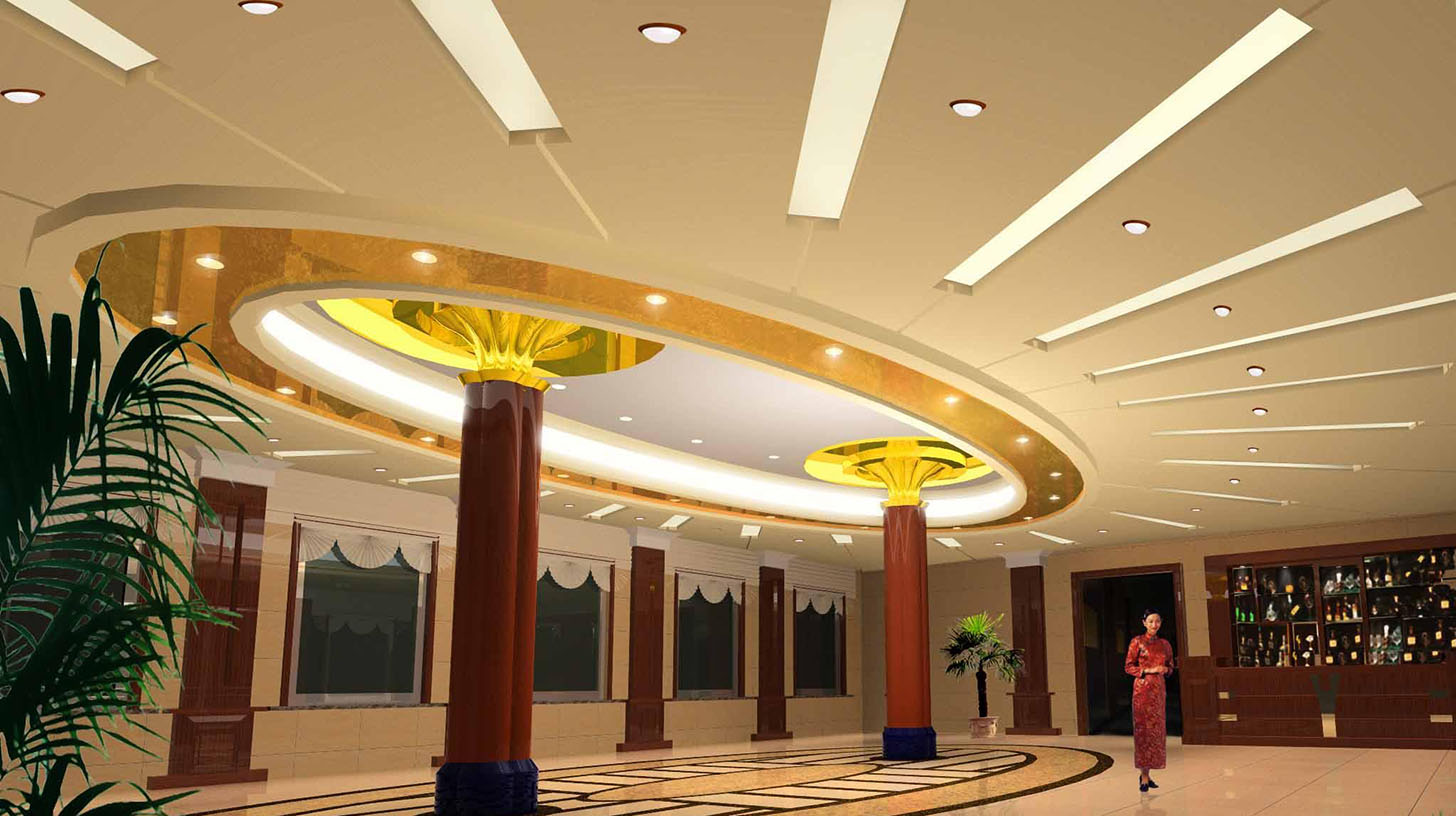
Conclusion
Managing UGR in lighting design is essential for creating environments that are both functional and comfortable. By understanding and applying the UGR system, you can minimize glare and improve the visual experience for everyone in your space. Whether designing an office, school, or commercial space, keeping UGR levels below 19 ensures comfort and supports productivity. Proper glare control leads to better well-being, enhanced focus, and improved overall performance.
If you have questions or need help with designing glare-free lighting, feel free to reach out to us. Our expert team is ready to assist you.
Request A Free Quote Now!
Send us a message if you have any questions or request a quote. We will get back to you ASAP!



